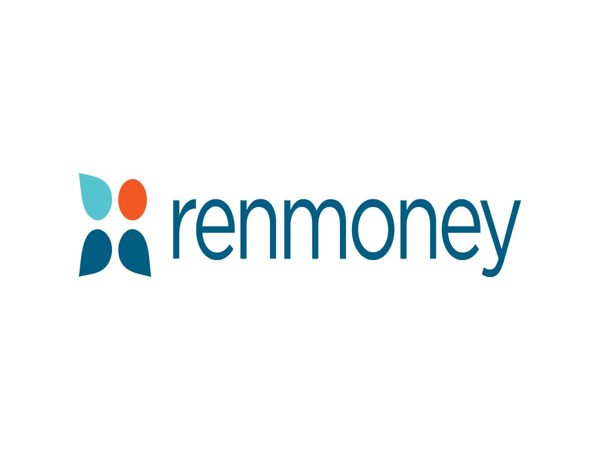Valuing your business is one of the most important steps you can take if you're looking to attract investors. Investors want to know that they're putting their money into a venture with strong potential for growth, profitability, and return on investment (ROI). Properly valuing your business will give you credibility and help you negotiate better deals with potential investors. In this blog post, we'll break down how to value your business, provide real-world examples, and offer step-by-step solutions for positioning your business in front of investors.
1. Why Valuing Your Business is Important
Before seeking investment, you need a clear idea of what your business is worth. This valuation not only guides your fundraising but also ensures you're not undervaluing or overvaluing your company. Overvaluation may scare away investors, while undervaluation could mean leaving money on the table.
For example, a tech startup in Lagos, Nigeria, seeking N50 million in funding might attract more attention if it accurately values itself and demonstrates how investor money will lead to scalable growth. Accurate valuation helps build trust.
2. Common Methods to Value Your Business
There are several standard approaches to valuing your business. Understanding these methods is essential to selecting the one that best suits your company's industry and stage of growth.
a) Asset-Based Valuation
This method calculates the total value of a business's tangible and intangible assets. To get an accurate figure, list all assets such as machinery, inventory, patents, and intellectual property. Deduct liabilities (debts, loans, etc.) from your total assets to determine the net value.
For example, a manufacturing company with N100 million worth of equipment and N30 million in liabilities will have a net asset value of N70 million. This method works well for asset-heavy industries like manufacturing but may not capture the full potential of service-oriented or tech businesses.
b) Earnings Multiple Valuation
This is one of the most commonly used methods to value businesses, particularly for small and medium-sized companies. This approach multiplies your business's annual earnings (before interest, taxes, depreciation, and amortization—EBITDA) by a specific industry multiple. The multiple varies depending on industry standards and the business's growth potential.
For example, if your business earns N10 million in EBITDA annually, and the industry multiple is 5, the business value would be N50 million. Companies in tech or fast-growing industries generally have higher multiples.
c) Discounted Cash Flow (DCF) Valuation
The DCF method estimates the present value of your business by forecasting future cash flows. It’s ideal for businesses with stable cash flow. By estimating how much cash your business will generate in the future, you can discount it to its present value based on expected risks and market conditions.
For example, a business that expects N5 million in cash flow annually over the next five years might discount that at a rate of 10% to calculate its present value.
3. Positioning Your Business for Investors
Once you’ve valued your business, the next step is positioning it to attract potential investors. Here are some key steps to make your business more appealing:
Step 1: Build a Strong Business Plan
Investors look for a detailed and compelling business plan that clearly explains your business model, target market, competitive landscape, and financial projections. Make sure your plan outlines how your business will use investor capital to achieve growth.
For example, a business plan for a food delivery startup might show how it plans to use N20 million in investor funding to expand delivery zones, improve logistics, and scale up marketing.
Step 2: Focus on Financial Health
Strong financial health is one of the primary factors investors consider. Before approaching investors, clean up your financial statements, ensure that all books are up to date, and consider working with a financial advisor or accountant to present accurate data.
This includes showing consistent revenue growth, managing expenses efficiently, and highlighting profitability or potential profitability. For example, a retail business that shows strong quarter-on-quarter growth in revenue with solid profit margins is likely to attract investors.
Step 3: Demonstrate Scalability
Investors are looking for businesses with the potential to grow rapidly. You need to demonstrate how your business can scale with the right financial backing. This includes identifying new markets, expanding product lines, or leveraging technology to improve efficiency.
For instance, an e-commerce business might present a plan to scale by using investor funding to improve website functionality, reduce cart abandonment rates, and expand logistics to reach new regions.
Step 4: Highlight Your Competitive Advantage
Investors want to know what makes your business stand out in the market. What is your unique selling proposition (USP), and how does it give you an edge over competitors? Highlight your innovative products, services, customer loyalty, or proprietary technology.
For example, if you run a fintech startup that provides instant credit scores to customers, highlighting your use of advanced AI to deliver real-time, highly accurate results could set you apart from competitors.
Step 5: Build a Strong Team
Investors not only invest in ideas but in people. Make sure to highlight the expertise and experience of your team. If your business has a strong leadership team with a proven track record, this can instill confidence in investors that your business is in good hands.
For instance, a tech startup led by a team with prior experience in scaling successful ventures will be more attractive to potential investors.
4. Examples of Businesses Successfully Valued and Positioned for Investment
Example 1: Flutterwave
Flutterwave, a Nigerian fintech company, successfully attracted investors by clearly outlining its valuation through projected growth in the fintech space and highlighting its strong team. The company used a combination of earnings multiple and future cash flow projections to raise millions in venture capital.
Example 2: Andela
Andela, a global tech talent company with a strong focus on Africa, positioned itself for investors by demonstrating scalability through its talent recruitment model. Its unique business plan and significant market opportunity helped it raise millions in funding.
Conclusion
Valuing your business accurately is key to attracting investors who are confident in your business’s potential. Whether you use asset-based valuation, earnings multiples, or discounted cash flow methods, the goal is to present a clear and honest picture of your business’s worth. After valuation, focus on positioning your business for investors by building a strong business plan, ensuring financial health, demonstrating scalability, and highlighting your competitive advantage.
Remember, investors are looking for businesses that show potential for growth, stability, and solid returns on their investment. Position your business accordingly, and you'll increase your chances of securing the funds needed to grow.


.jpg)





.webp)






(0) Comment(s)
Write a comment